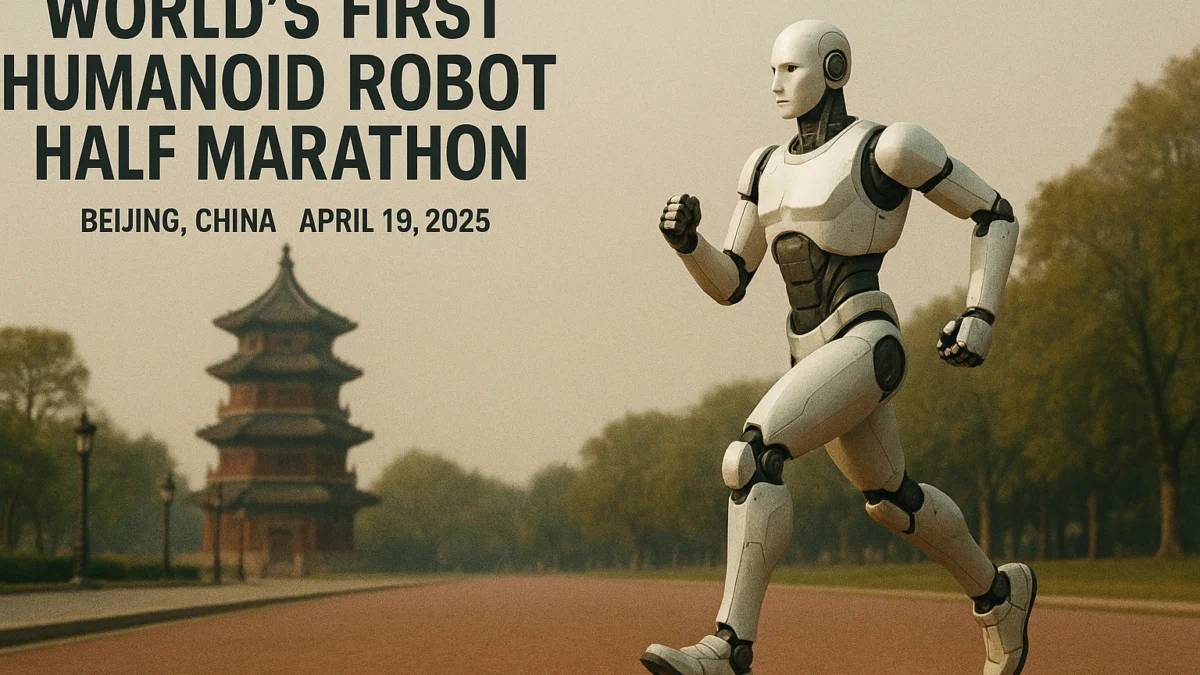
Humanoid Robot Half Marathon: Breaking New Ground in AI
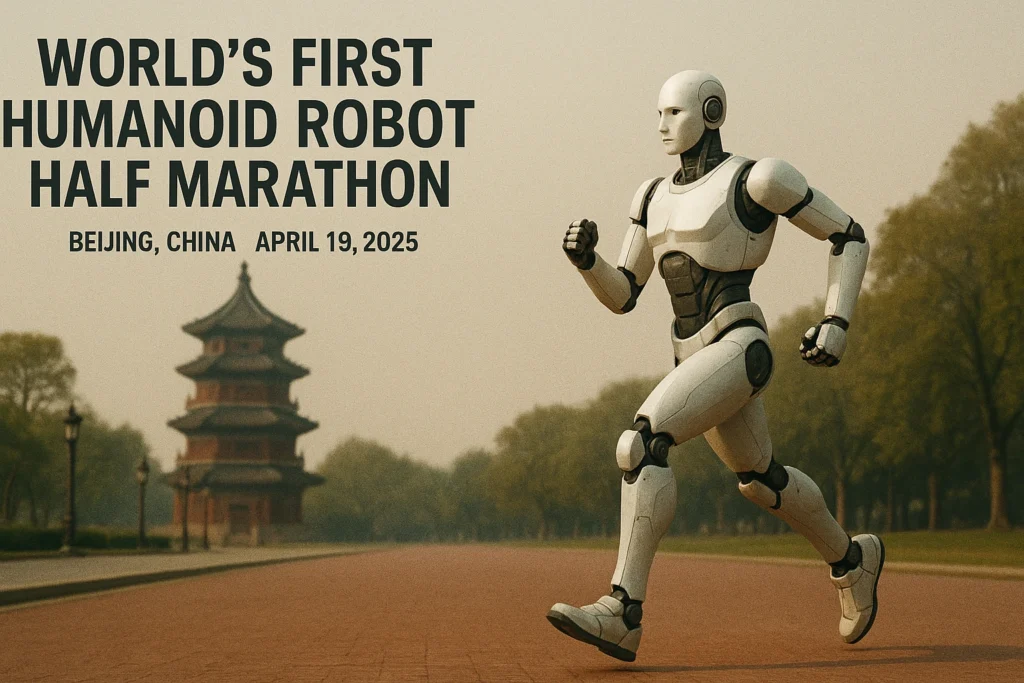
On April 19, 2025, Beijing’s Yizhuang district hosted the world’s first humanoid robot half marathon. This groundbreaking event saw 21 humanoid robots racing alongside human runners on a challenging 21-kilometer course. It wasn’t just a race; it was a milestone in the field of robotics and artificial intelligence, highlighting China’s commitment to technological innovation and pushing the boundaries of what machines can achieve.
The marathon was a celebration of technological progress, resilience, and collaboration, giving both tech enthusiasts and the general public a glimpse into the future of robotics.
Key Highlights
- Historic Event: The first humanoid robot half marathon, showcasing technological advancements in robotics.
- Robot Performance: Robots like Tiangong Ultra performed impressively, completing the race in 2 hours and 40 minutes.
- Technical Challenges: Robots faced obstacles like joint precision, battery limitations, and thermal management.
- Public and Media Response: The event was met with widespread acclaim, with global media covering the race as a major technological achievement.
- Future Implications: The marathon symbolizes the future integration of robots in society, raising questions about their role in various industries.
You can also read our recent articles on Will AI takeover job, creativity with AI, Nvidia AI Powerhouse, DeepSeek’s AI Power, China’s AI shocks the Tech World
A New Era in Robotics
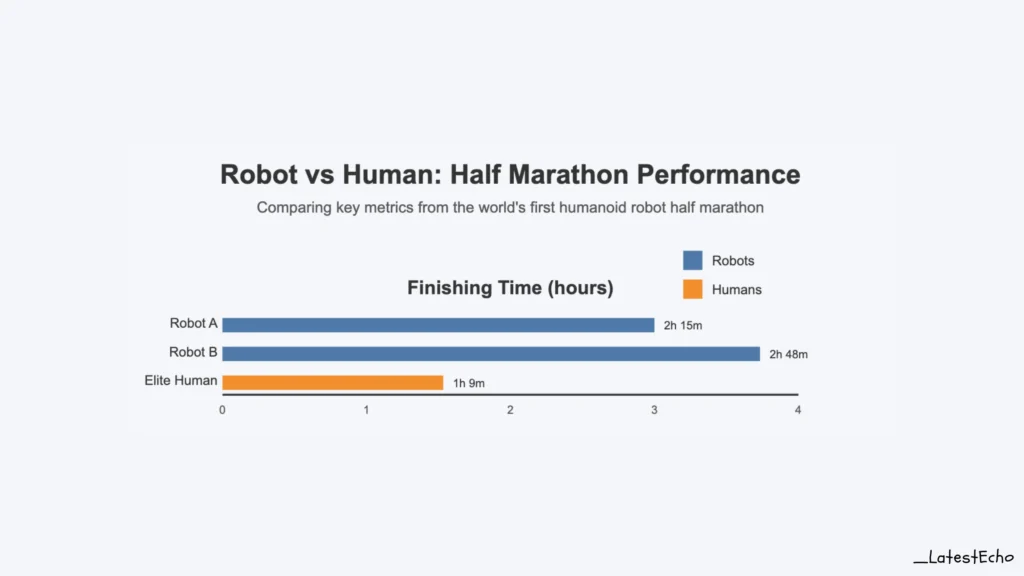
The humanoid robot half marathon marked a significant step forward in robotics, featuring 21 humanoid robots from various Chinese manufacturers like DroidVP and Noetix Robotics. These robots varied in design and size, with some standing as tall as 1.8 meters. Tiangong Ultra, developed by the Beijing Innovation Centre of Human Robotics, finished the race in 2 hours and 40 minutes, demonstrating the growing capabilities of humanoid robots.
The event wasn’t just about competition but also about testing the robots’ real-world capabilities. The robots had to perform 250,000 precise joint movements over 21 kilometers, testing their joint accuracy, battery life, and ability to navigate an unpredictable environment. These challenges provided valuable insights into the limitations and potential of humanoid robots.
Technical Challenges and Innovations
The marathon tested the robots’ endurance, precision, and engineering. One of the primary challenges was achieving joint precision. Running requires complex movements across multiple joints, something that humans do naturally but is far more difficult to replicate in machines. Engineers had to develop sophisticated algorithms and mechanisms to ensure the robots could move efficiently for the entire 21 kilometers.
Another significant hurdle was the robots’ battery life. The energy demands for such a long race were immense, and several robots, including Tiangong Ultra, required battery swaps during the race. Thermal management systems also had to work efficiently to prevent the robots from overheating during their run.
Despite these difficulties, the event provided valuable data that will help engineers refine humanoid robot design and functionality. The race demonstrated how technology can evolve and adapt to real-world conditions, highlighting both the potential and challenges of robotics.
Challenges and Triumphs
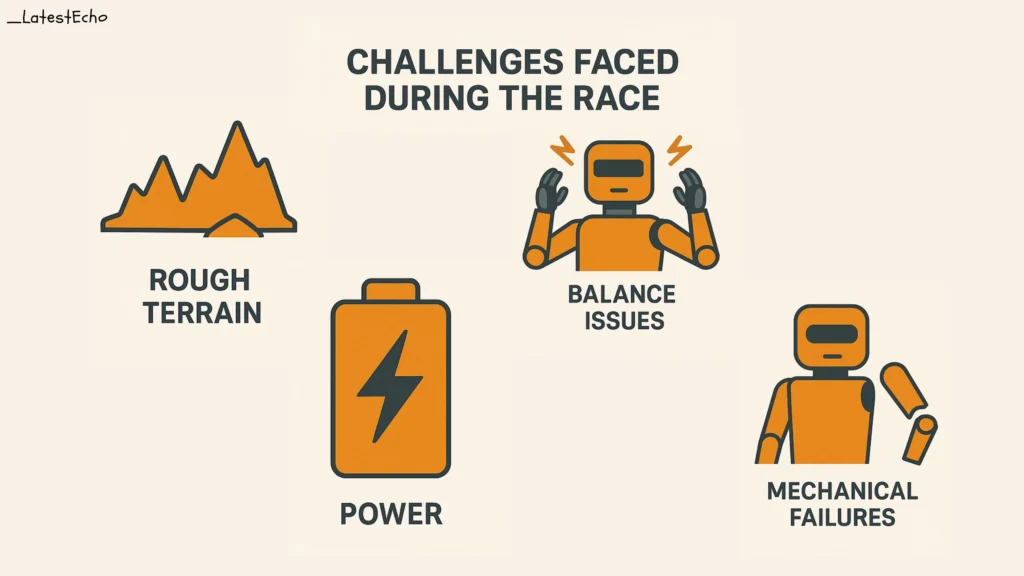
While Tiangong Ultra was a standout performer, not all robots had the same success. Some robots fell at the starting line, while others needed human intervention to continue. The sight of robots stumbling and then getting back up was both humorous and symbolic—representing the resilience that is required in the face of technological challenges.
Despite these challenges, the event was met with enthusiasm from both human participants and the audience. The supportive atmosphere, with spectators cheering for the robots, underscored the collective belief in the future potential of robotics. This race wasn’t just about the robots’ physical performance but also about the spirit of innovation and perseverance.
Public and Media Reactions
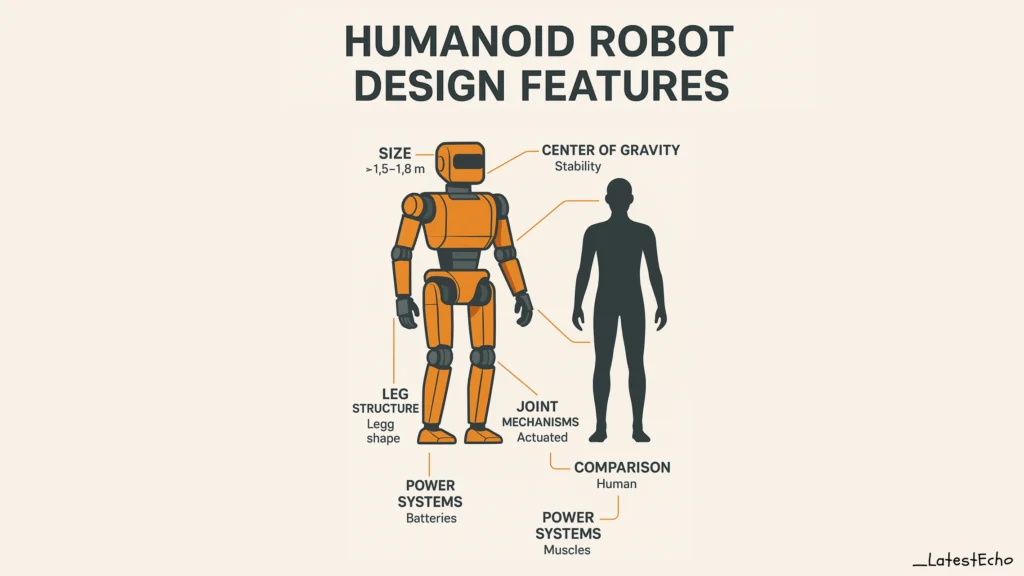
The humanoid robot half marathon attracted significant media attention from around the world. Major news outlets like the Times of India and Newsweek described the event as “historic,” while CNN humorously noted that “humans still at least have the upper hand when it comes to running.” This global coverage showcased the world’s fascination with technological advancements and the potential of robotics.
On the ground, the audience’s support for the robots was palpable. Spectators cheered for the machines, shouting phrases like “Come on, robots” as the robots made their way through the course. The positive response was a testament to how far public perceptions of robotics have come, with robots now seen more as partners in progress rather than as potential threats.
China’s Vision for Robotics
China has been rapidly advancing in the field of robotics, investing heavily in research and development. The government’s support for robotics includes establishing funding, providing subsidies, and creating platforms for innovation. The humanoid robot half marathon fits perfectly into China’s long-term vision to become a leader in robotics and high-tech industries.
By encouraging events like this marathon, China not only promotes innovation within its borders but also attracts international interest. The success of these robots, and the data gathered from the marathon, will help shape the future of robotics not just in China but globally.
Global Implications
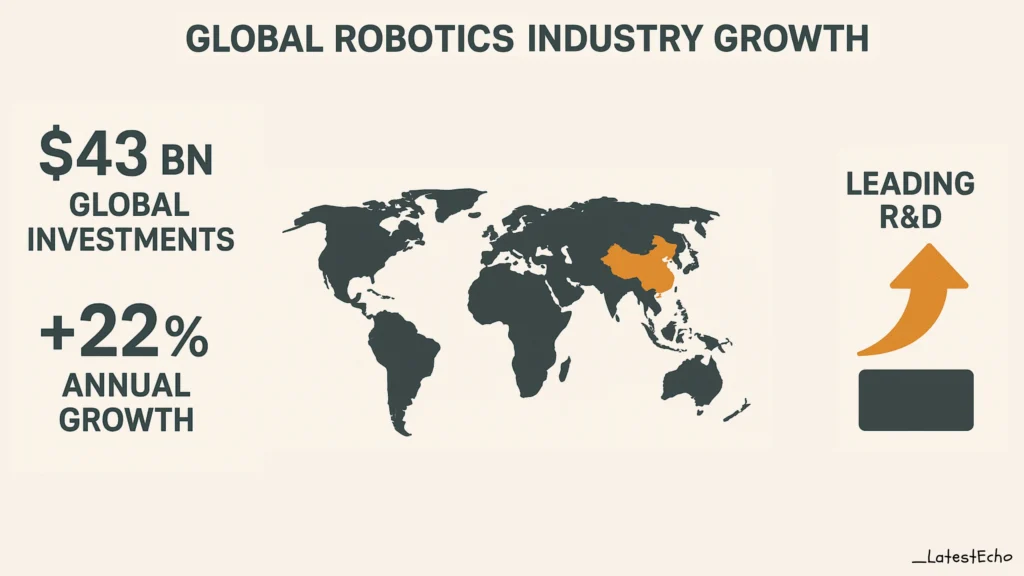
The humanoid robot half marathon is a reminder that technological advancements don’t happen in isolation. The event sparked global interest in China’s robotics industry and highlighted the international potential for collaboration and innovation. As other nations observe China’s achievements, they may be motivated to invest more in their own robotic research, fostering a spirit of competition and cooperation in the field.
This event also raises important ethical and societal questions. As robots become more integrated into daily life, discussions about their role in the workforce, in healthcare, and in other industries will become more pressing. How we manage the integration of robots into society will be just as important as the technological innovations themselves.
Conclusion
The humanoid robot half marathon was not just a race; it was a symbol of technological progress and a step toward the future. While the robots’ performance wasn’t flawless, the event showcased the incredible potential of humanoid robots and the resilience of both the machines and their engineers. This marathon represents a significant milestone in China’s journey to become a leader in robotics and innovation.
As we look to the future, the humanoid robot half marathon serves as a reminder that progress is often marked by challenges and setbacks. Just like marathon runners who persevere to cross the finish line, robots too will continue to evolve, pushing the boundaries of what is possible. The path to a future where robots and humans collaborate seamlessly has just begun, and the possibilities are endless.
Frequently Asked Questions (FAQs)
1. What is the humanoid robot half marathon?
The humanoid robot half marathon is the first-ever race where humanoid robots competed alongside human runners on a 21-kilometer course. It was held in Beijing on April 19, 2025, and marked a major milestone in robotics and AI.
2. What were the key challenges for the robots during the race?
The robots faced several challenges, including joint precision, battery life, and thermal management. They had to perform 250,000 precise joint movements during the race, requiring advanced algorithms and engineering to ensure smooth performance.
3. How did the public react to the humanoid robot half marathon?
The public reaction was overwhelmingly positive. Spectators cheered for the robots, and media outlets worldwide covered the event as a historic achievement in robotics. Many saw it as a glimpse into the future of human-robot collaboration.
4. What is China’s role in the robotics industry?
China is a global leader in robotics research and development. The government provides significant support for innovation in the field, and the humanoid robot half marathon is part of China’s strategy to develop cutting-edge technologies and become a leader in the robotics industry.
5. What are the future implications of the humanoid robot half marathon?
The event demonstrates the potential for robots to become integral parts of society. It raises important questions about the role of robots in various industries and the ethical considerations that must be addressed as technology continues to advance.
